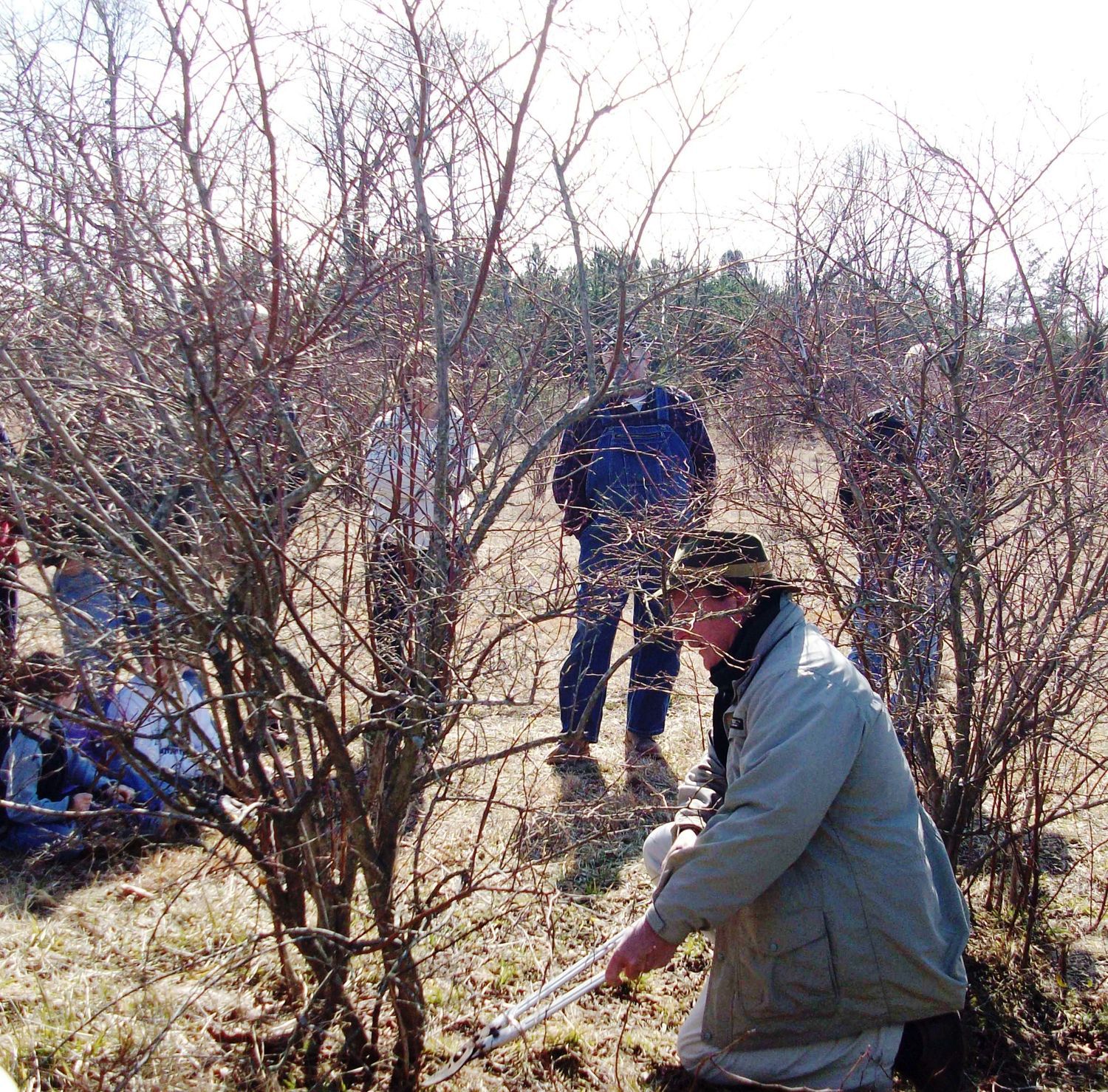Tips on pruning blueberries, blackberries
Published 12:00 am Friday, February 21, 2014
SALISBURY — This month we have received numerous phone calls on how to prune blueberries and blackberries. As I have mentioned in a previous article on pruning fruits, it is best done mid-February.
These two fruits need annual training and pruning for optimum yields. The reason to prune is to reduce disease and pest problems as well as increase the sunlight exposure to produce the best fruit crop.
Starting off, you always need to have clean tools. You will use pruning shears and loppers. Wear gloves, especially if you have quite a few plants to prune. If you know you have some disease in your plants, make sure you clean your tools after each cut, this helps reduce the spread of disease.
You can always remove the dead, diseased and damaged canes and limbs from blueberries and blackberries. I always do this first since it is usually the easiest to spot. For this article we will cover most of the basics for the home gardener.
When pruning blueberries, you can start pruning/training them within the first year. We remove any low-lying lateral branches so we are not having to harvest berries too low to the ground. We also remove small canes growing in the center, or canes that rub or cross other canes.
When selecting what to cut, look at the health of the canes. If you have to choose between two canes, see which one is stronger and thicker, then remove the weaker one. Doing this helps increase air flow and light penetration. If you have vigorous upright growth, you need to prune near the height you are capable of picking fruit. To do this, prune to an outward-facing bud around the height you are comfortable with while harvesting. An outward-facing bud is a bud on the cane that points to the outside of the plant instead of toward the inside of the shrub.
If you do not prune, the vigorous upright growth will eventually cause all of the fruit to be produced at the top and sometimes will require ladders to harvest, which can be dangerous.
For older blueberries, you may need to remove older canes to encourage new growth.
For this, you should select the oldest, weakened or diseased canes or canes with poor production and remove them at the base of the cane. For this pruning, you may remove up to three canes if there are at least six to eight canes available. This will encourage new growth to come from the crown. Once new growth starts to arrive, start training the new growth to the right height and shape you need. Each year you can remove some of the older canes and eventually you will have a renewed blueberry.
Pruning blackberries can be a little harder, it mainly depends on what varieties you grow. Most growers in North Carolina grow floricane producing blackberries. This means the fruit is produced on the second-year canes. This is the type of blackberries we will discuss.
Most of the pruning for blackberries happens right after they are finished producing. Floricanes will die after they bear their fruit. It is easiest to remove them after the last fruit has been picked. The canes will usually be dead already and you can remove them at the base of the cane. Look for any dead or diseased canes and remove them, as well. During the end of summer, you can also thin some of the less vigorous shoots.
During the middle of February, you can thin some more if you did not during the summer. Thin back to four to eight shoots. Also, remember to remove the canes that are weak or damaged. If they are crossing or rubbing against each other, remove the weakest cane. You can also trim the lateral branches (on the sides of the main cane) to about 12 inches and usually cut to an outward facing bud. These can then be tied loosely to your trellis.
Mid-February is also the best time to spot for cane borer. Canes infected with the borer will look swollen. If some of the cane can be saved — only if there are buds below the swollen area — then you can remove to an outward-facing bud. If the swollen area is too low, remove the entire cane. After pruning, remove all of the pruned canes and burn them to prevent disease and pest problems.
It is always a good thing to start early training and pruning fruits. If you are interested in buying fruits that are good for our area, it’s not too late to order plants from the Rowan County 4-H. The deadline to order is Thursday, Feb. 27, so be sure to get your order in before it is too late.
For more information on growing, pruning or buying fruit, contact Rowan County Cooperative Extension at 704-216-8970 or visit: http://www.rowanextension.com
For more information on pruning visit: http://www.ces.ncsu.edu/hil/hil-8207.html or http://www.ces.ncsu.edu/hil/hil-8206.html





